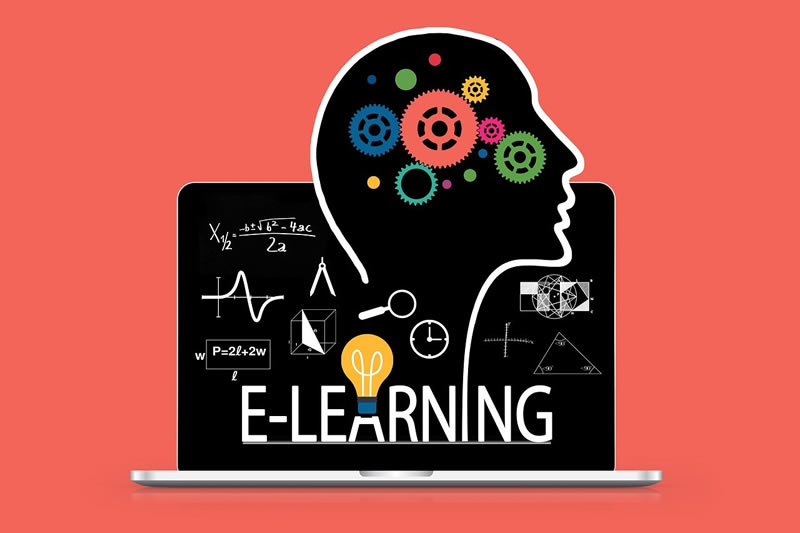Online education has been evolving at a rapid pace. E-learning videos have gone from a nice add-on to an indispensable tool for disseminating knowledge and engaging learners. As the world becomes more interconnected, catering to a diverse and global audience has become essential for educational platforms.
One key solution to this challenge lies in the skill (some would say art) of subtitling. By adding subtitles to e-learning videos in multiple languages, educators can enhance comprehension, promote inclusivity, and accommodate learners with varying language proficiencies. Our article will explore the numerous benefits of properly employing subtitling as a powerful localization technique in e-learning.
Bridging Language Barriers
At its core, subtitling is a bridge that connects learners and content across linguistic boundaries. By scrolling spoken words in written form on the screen, subtitles enable individuals with different language backgrounds to access effortlessly the video’s educational content. Learners who may not be proficient in the video’s original language can follow the visuals while reading the translated subtitles in their native language. This inclusivity serves to eliminate language barriers, allowing educators to reach a wider audience and scale their content globally.
Enhancing Comprehension and Retention
Even for users proficient in the video’s spoken language, subtitling greatly enhances learning comprehension and retention of information. When learners can read and hear the content simultaneously, it reinforces their understanding of the material. Research has shown conclusively that the combination of auditory and visual cues significantly improves information retention, resulting in a more effective learning experience. As a bonus, learners can pause, rewind, and review sections with subtitles, helping them grasp complex concepts at their own pace.
Catering to Diverse Learning Styles
Individuals have varied learning preferences and styles. Some learners are primarily auditory, while others are primarily visual or kinesthetic. Subtitling caters to visual learners without hampering the experience of auditory learners, since they can read along as the content is presented.
Accessibility for the Hearing Impaired
One of the most significant advantages of subtitling in e-learning videos is its profound impact on accessibility for the hearing-impaired community. For learners with hearing impairments, traditional audio-based learning methods can be challenging or even impossible to follow. Subtitles provide an essential lifeline so that these learners can fully engage with the educational content.
By reading the transcribed dialogue, individuals with hearing impairments can absorb the same information as their hearing peers, without any loss in comprehension. Moreover, subtitling also benefits those with partial hearing loss or those in noisy environments where audio might be unclear.
By embracing subtitling as a standard practice, e-learning platforms demonstrate a commitment to creating an inclusive learning environment where all individuals, regardless of their hearing abilities, can participate in and benefit from the educational experience.
An upcoming article from TrueLanguage will discuss the Americans with Disabilities Act (ADA) and its potential ramifications for the e-learning industry.
Flexibility and Adaptability
Subtitling offers significant flexibility in accommodating learners’ language preferences. By translating e-learning videos into multiple languages, educational platforms can cater to the linguistic needs of their global audience. Additionally, subtitles can be easily updated and modified, allowing e-learning providers to keep their content relevant and up-to-date as new information emerges.
The art of subtitling in e-learning videos is a transformative localization technique that breaks down language barriers and fosters a rich and inclusive learning environment. For businesses that provide e-learning products, subtitles open the doors to a vast and diverse global audience. They enhance comprehension, accommodate different learning styles, and make for a much more effective learning tool. As the e-learning landscape continues to expand, subtitling will play an increasingly vital role in shaping the future of online education and business, empowering learners around the world to access knowledge without linguistic limitation.
TrueLanguage and our parent company Powerling are uniquely positioned to provide the support e-learning providers need to take advantage of the expanding opportunities in this field. Contact us for a free quote or to start a conversation.


